Sanctuary of Peninha
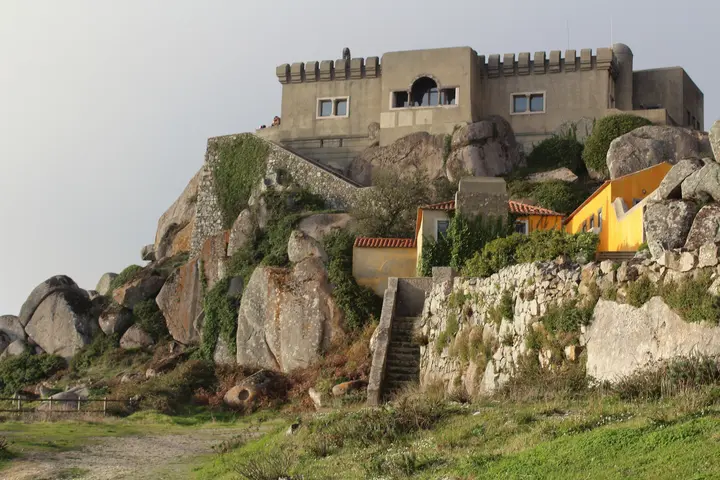
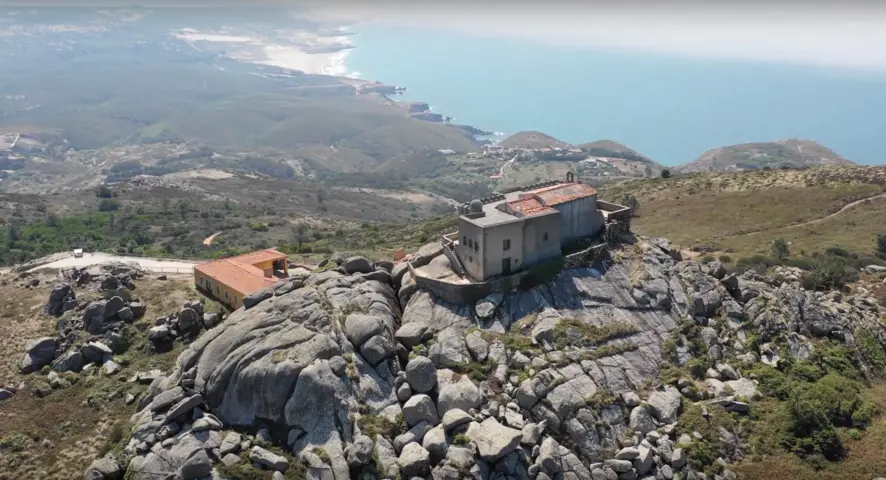
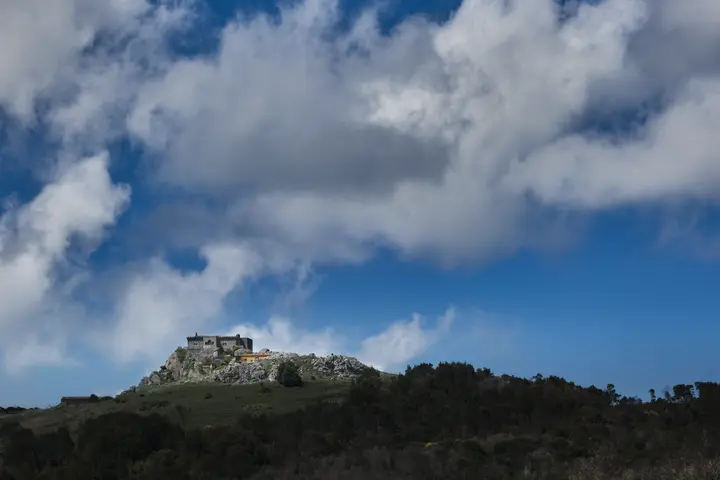
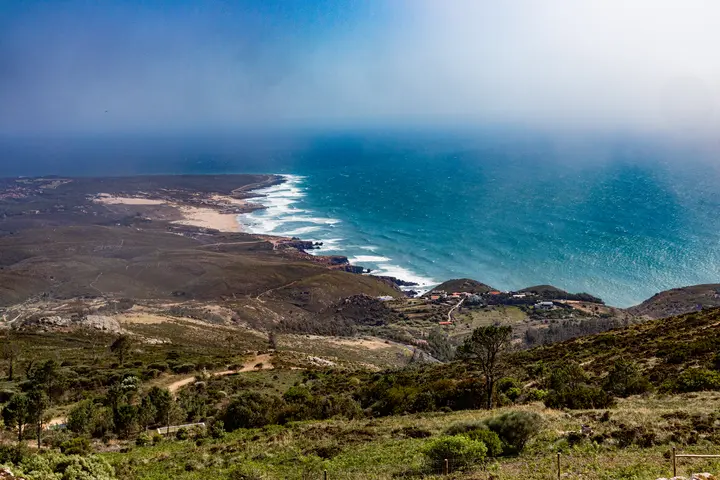
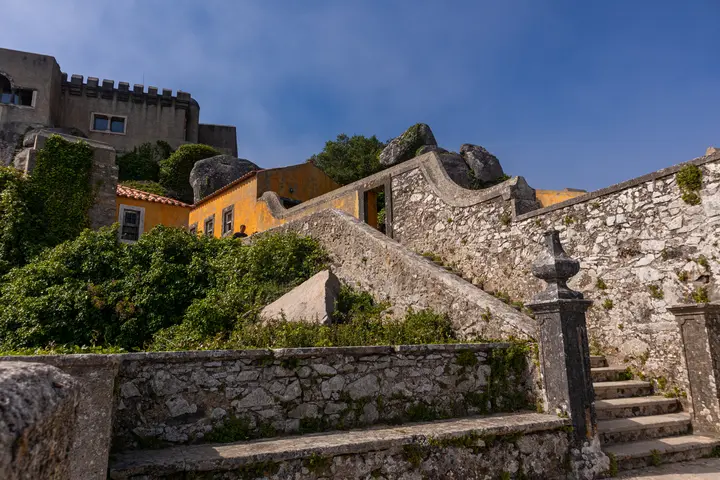
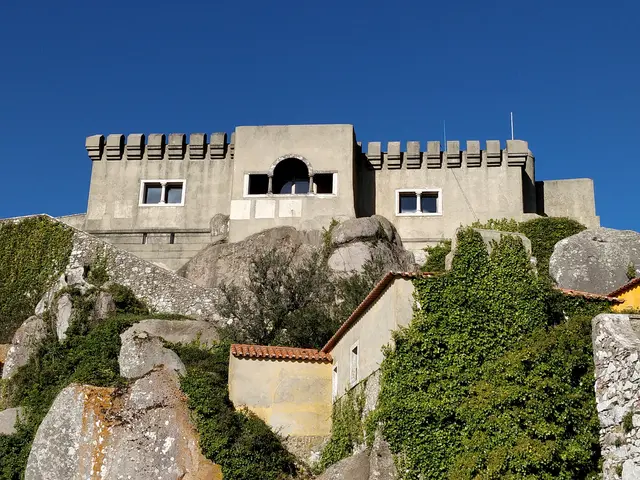
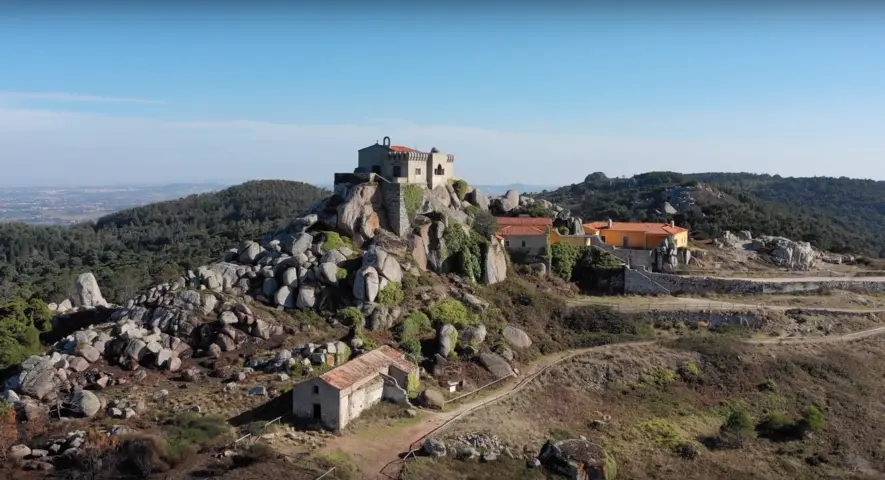
Introduction
The Sanctuary of Peninha stands high atop Sintra’s windswept mountains, where rocky slopes meet vast Atlantic views. This centuries-old site blends deep history, local legend, and breathtaking scenery. For generations, pilgrims and nature lovers alike have climbed to Peninha seeking solace or wonder. Today, we can trace the layered stories behind this remarkable sanctuary—a unique part of Portugal’s heritage landscape.
Historic Highlights
⛰️ Medieval Beginnings
The Sanctuary of Peninha began life in the 12th century, when Pêro Pais, companion to Portugal’s first king, founded a remote hermitage to Saint Saturnino. Archaeologists have uncovered medieval graves and stonework, confirming Peninha’s early sacred use. By 1192, royal charters mention a hermit named Pedro living here—proof of Peninha’s enduring spiritual appeal even then. The first hermit eventually moved away, unable to find full solitude on this windswept rock.
“Peninha’s cella was once the retreat of rustic hermits, sanctifying rock and wind.”
— Sintra Archive
🌄 Legend and Renewal
In the 16th century, Peninha’s story took a mystical turn. Local legend tells of the Virgin Mary appearing to a deaf-mute shepherd girl, granting her the gift of speech and ending a famine. Her grateful village placed a statue atop the crag, sparking a tradition of pilgrimage and devotion. Even attempts to move the statue failed—the Virgin always ‘returned’ to the summit, reinforcing Peninha as her chosen shrine.
“Three times the statue was moved … each time it returned to the heights.”
— Local tradition
🙏 Baroque Splendor and Pilgrimage
During the 17th and 18th centuries, the Sanctuary of Peninha blossomed into a jewel of Baroque architecture, especially under stonemason-hermit Brother Pedro da Conceição. Supported by local alms and King Pedro II, he built the stone chapel still standing today. Although a simple stone structure outside, inside it dazzles with blue-and-white tiled panels depicting scenes from the life of the Virgin and intricate marble inlays—true treasures of Portuguese artistic tradition. Annual pilgrimages thrived for generations, binding coastal and mountain communities in shared devotion.
🏰 Romantic Dreams and Modern Revival
In the 20th century, millionaire Carvalho Monteiro tried to transform Peninha into his own castle-like retreat, building a fanciful but unfinished “palacete” beside the ancient chapel. While never completed, his Romantic folly stands as a silent sentinel over the coast. Today, the sanctuary and surrounding park are public heritage, safeguarded by Sintra’s conservation authorities. Ongoing restoration aims to let future visitors experience the mountain’s mystery and wonder.
💡 Visitor Tip
Though Peninha’s interior remains closed for restoration, the exterior and sweeping views are open—on a clear day you may see Cabo da Roca and even the Berlengas islands. Pack a jacket: the summit’s wind can surprise any time of year.
Timeline & Context
Historical Timeline
- 12th century – Pêro Pais establishes early hermitage of Saint Saturnino.
- 1192 – King Sancho I issues royal charter to hermit Pedro for Ermida de São Saturnino and nearby lands.
- 16th century – Marian apparition legend brings new devotion; villagers erect a statue and initiate pilgrimage traditions.
- 1558 – Royal visit recognizes Peninha’s holy status.
- 1673 – Earlier chapel collapses after a tremor; rebuilding begins.
- 1690–1711 – Brother Pedro da Conceição constructs Baroque chapel richly adorned with tiles and marble; inscription and tiles dated 1690 and 1711.
- 1781 – Sanctuary incorporated into Crown holdings by Queen Maria I.
- 1834 – Religious orders dissolved; site moves into private hands.
- 1892–1918 – Bought by Count of Almedina, then Carvalho Monteiro, who begins a palace nearby (unfinished).
- 1991 – Portuguese State acquires the entire estate; integrates it into Sintra-Cascais Natural Park.
- 2017 – Parques de Sintra and Cascais sign protocol to restore the sanctuary and natural landscape.
Evolution from Hermitage to Pilgrimage Center
The transformation of Peninha reflects wider patterns in Portuguese sacred landscapes. From its medieval roots as a retreat for solitary hermits—documented in charters such as that of 1192—Peninha evolved into a site of public devotion inspired by miracle stories. The Marian apparition legend, though unverifiable, mirrors similar phenomena at shrines across Iberia, solidifying local identity around a shared narrative of divine intervention.
Counter-Reformation and Baroque Artistry
The major reconstruction of Peninha in the late 17th century aligns with Portugal’s Counter-Reformation ethos, which emphasized visible altars of faith in remote areas. Royal patronage was significant: King Pedro II’s support brought not only prestige but technical innovation. Architect João Antunes, working for the king, introduced Florentine marble inlay—a rare luxury in rural chapels. Master tile painter Manuel dos Santos’s azulejos were also products of Lisbon’s leading art workshops, demonstrating how Peninha’s modest scale did not preclude high artistry. The sanctuary thus functioned as a rural extension of Baroque religious renewal, bridging city and countryside.
Pilgrimage, Rituals, and Community Bonds
Peninha’s annual romarias, with processions from multiple villages, fostered bonds across the Sintra region. Such events reflected medieval traditions of penitence, where pilgrimage involved both hardship and celebration—physical exertion up steep paths, collective prayers, and lively fairs at the summit. The shrine’s role as a maritime lookout also connected it to the practical needs of coastal life, blending the sacred with everyday demands.
Heritage, Folklore, and Modern Identity
As Portugal secularized in the 19th and 20th centuries, Peninha’s religious functions waned but its cultural significance deepened. Romantic writers and artists found inspiration in its dramatic setting; local lore about buried treasure and ghosts reinforced its mystical aura. Carvalho Monteiro’s unfinished palace is emblematic of Romantic nationalism and the notion that nature and legend together define a people’s heritage. Unlike grand aristocratic estates, Peninha’s layered history—hermitage, pilgrimage site, and romantic folly—makes it a palimpsest of changing identities.
Preservation and Sustainability Challenges
Peninha’s location is both its glory and its vulnerability. Exposed to Atlantic winds and fog, historic stonework and tile are constantly endangered. Large visitor numbers bring risks of vandalism and strain to fragile structures. Since state acquisition in 1991 and the 2017 restoration protocol, multidisciplinary teams have collaborated to stabilize masonry, repair tilework, and manage the surrounding landscape for both biodiversity and heritage protection. The site’s current closure is a testament to ongoing conservation, emphasizing that sustainable visitation is vital for the survival of such unique spiritual and cultural places.
Comparative Significance
Within Sintra’s constellation of historic sites, Peninha is distinctive. While the nearby Convent of the Capuchos focused on Franciscan austerity, Peninha became a center for communal festivity and Marian devotion—its ornate decoration contrasting with Capuchos’s humble cork-lined cells. When compared to other Portuguese hilltop sanctuaries, Peninha stands apart in its modest scale, local resonance, and blend of medieval, Baroque, and Romantic layers. It encapsulates Portugal’s evolution from feudal religiosity to modern stewardship of tangible and intangible heritage, serving as a touchstone for community identity and a living classroom for the interpretation of national history.